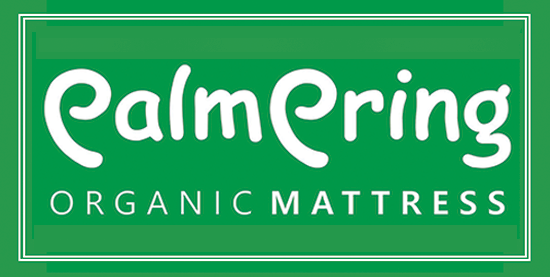countries do not have to apply for the standard GSP; the EU establishes or abolishes it by means of a delegated regulation. The EU may withdraw the standard GSP in exceptional circumstances, in particular in the case of serious and systematic violations of fundamental human and labour rights conventions. For more information about the GSP, trade.ec.europa.eu/tradehelp/standard-gsp Michelle Ye Hee Lee, a fact checker for the Washington Post, wrote that Warren used “misleading language” to describe the TPP. While Warren suggested that “28 trade advisory bodies were formed” to influence the TPP, the advisory committees were effectively created under the Trade Act of 1974; only the composition of trade committees had changed during the Obama administration and the early phases of the TPP. The original TPSEP agreement contains an accession clause and reaffirms “the commitment of members to promote the accession of other economies to this agreement”. [56] [57] It is a comprehensive agreement that affects trade in goods, rules of origin, trade remedies, sanitary and phytosanitary measures, technical barriers to trade, trade in services, intellectual property, government procurement and competition policy. In particular, it called for a 90% reduction in all tariffs between Member States by 1 January 2006 and a reduction of all trade duties to zero by 2015. [58] In January 2008, the United States began discussions with Pacific 4 (P4) members on the liberalization of trade in financial services. [59] This resulted in 19 rounds of formal negotiations and a series of additional meetings, such as chief negotiator meetings and ministerial meetings, and resulted in the agreement announced on October 5, 2015. Donald Trump criticized the TPP deal as too long and complicated, and he said, “It`s 5,600 pages long, so complex that no one has read it.” [197] Senator Bernie Sanders criticized that the “TPP is much more than a `free trade agreement.`” [198] The Agreement on Regional Economic Trade and Cooperation in the South Pacific was signed in 1980 in Tarawa, Kiribati, and entered into force on January 1, 1981. It is a non-reciprocal trade agreement in which Australia and New Zealand offer duty-free access to certain products from Pacific island states. The South Pacific Regional Trade and Economic Cooperation Agreement (SPARTECA) is available here. The Treaty establishing the Economic and Trading Community of Micronesia (MTEC) was negotiated between 2012 and 2014 and was recently signed and signed on 3 September 2014 by the Presidents of the Federated States of Micronesia, the Republic of the Marshall Islands and the Republic of Palau.
. . .
